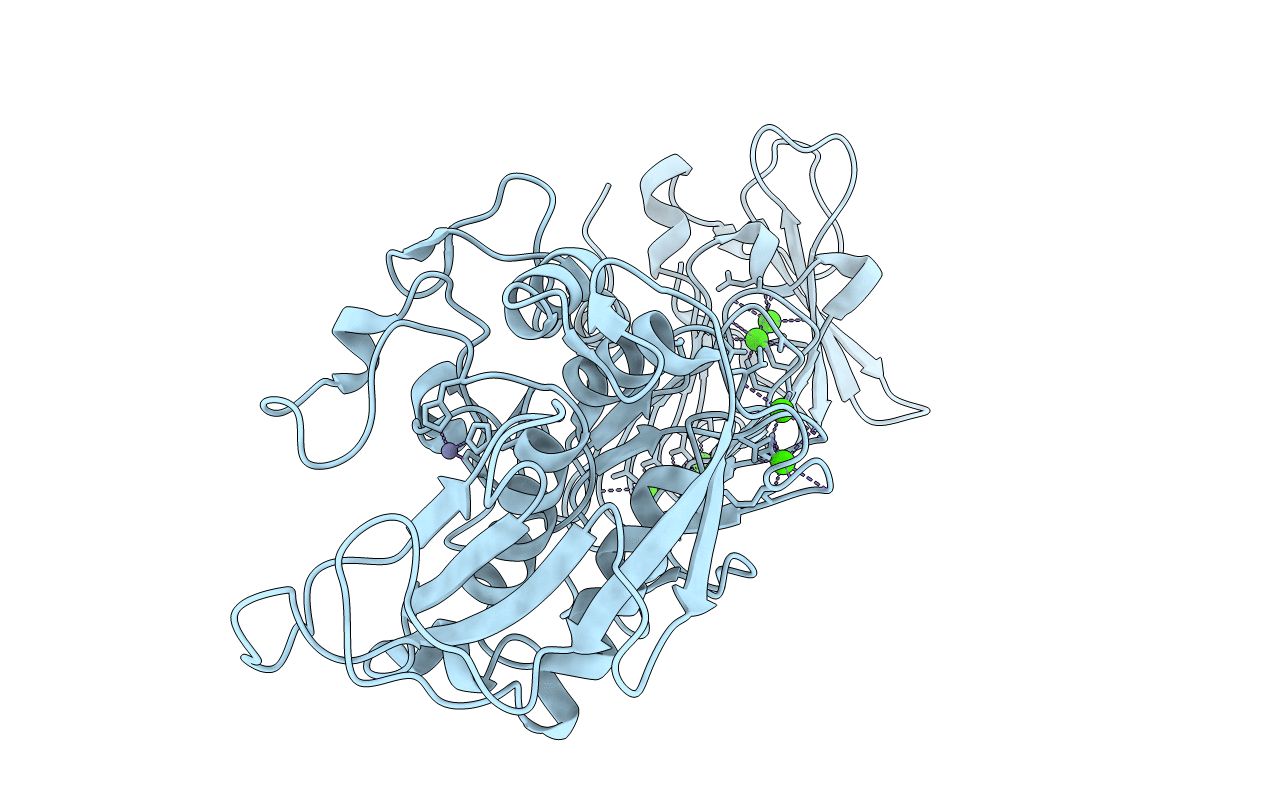
Deposition Date
2001-10-20
Release Date
2002-10-20
Last Version Date
2024-02-07
Entry Detail
Biological Source:
Source Organism:
Erwinia chrysanthemi (Taxon ID: 556)
Host Organism:
Method Details:
Experimental Method:
Resolution:
1.80 Å
R-Value Free:
0.21
R-Value Work:
0.19
R-Value Observed:
0.20
Space Group:
P 31 2 1


